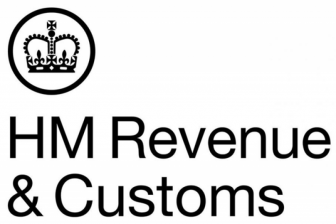 HMRC has provided clarity regarding the refund process for higher rate stamp duty on a main home sale when selling additional properties.
HMRC has provided clarity regarding the refund process for higher rate stamp duty on a main home sale when selling additional properties.
Property owners can apply for a refund of the higher rates of stamp duty land tax (SDLT) for additional properties when they sell what was previously their main home.
This applies to the main buyer of the property charged at the higher rate of SDLT, and for accountants acting for the main purchaser.
The previous main home must have been sold within three years of buying the new property, unless exceptional circumstances apply.
If the old main home was sold on or after 29 October 2018, HMRC must receive the request for a refund by whichever date is the later of:
+ 12 months after the date of sale; or
+ 12 months after the filing date of the SDLT return for the new main home.
If it took longer than three years to sell the previous home, it is still possible to apply for a refund.
This applies if the new home was bought on or after 1 January 2017, exceptional circumstances prevented the sale of the previous home, or the previous home has now been sold.
Events which normally occur when buying and selling property are not treated as exceptional circumstances. These events include, but are not limited to not being able to find a buyer at the price wanted, delays in agreeing terms with the buyer and a breakdown in a chain of transactions.
To be eligible for the refund, the previous home must be sold without further delay once the reason for the original delay has ended.
Once this has happened, the taxpayer can write to HMRC to ask for a refund with proof of eligibility for a refund and the amount to be refunded. This must include an explanation of why they were prevented from selling the previous main home within the three-year limit.
When submitting an online claim, sellers need to include details of the property that attracted the higher rates of SDLT, including the effective date of purchase and the SDLT unique transaction reference number as well as details of the previous main home sold, including the effective date of sale, the address of the property and the name of the buyer.
The SDLT unique reference number is an 11-character code available on the SDLT5 certificate. The SDLT5 is sent out by HMRC after a property transaction is completed to confirm that an SDLT return has been received and the tax has been paid.
The refund process can be completed online in the government gateway portal or via form SDLT16. The form needs to be filled in online.
Accountants and tax agents will need written consent from their client to make the claim on their behalf.


Comments are closed.